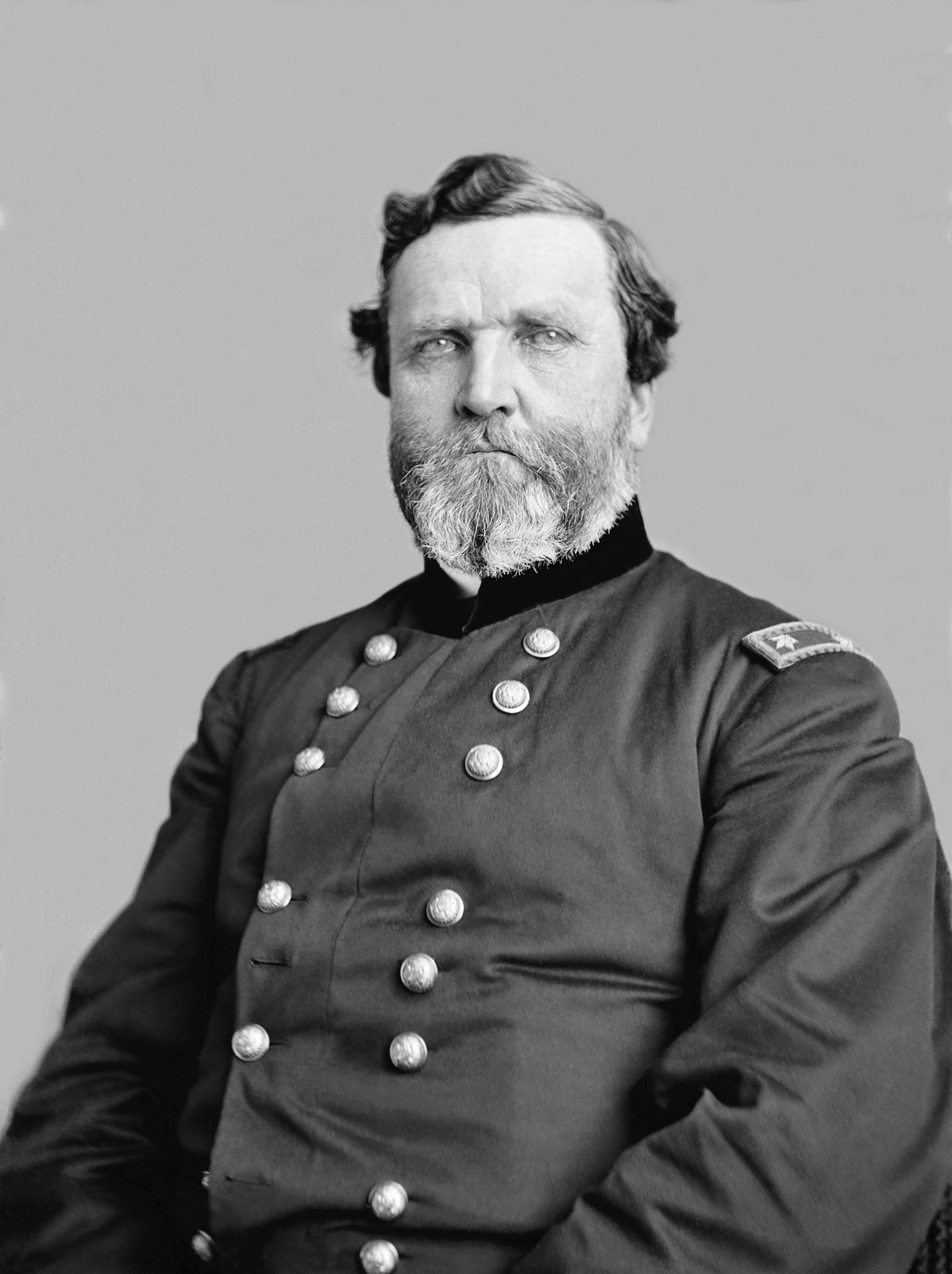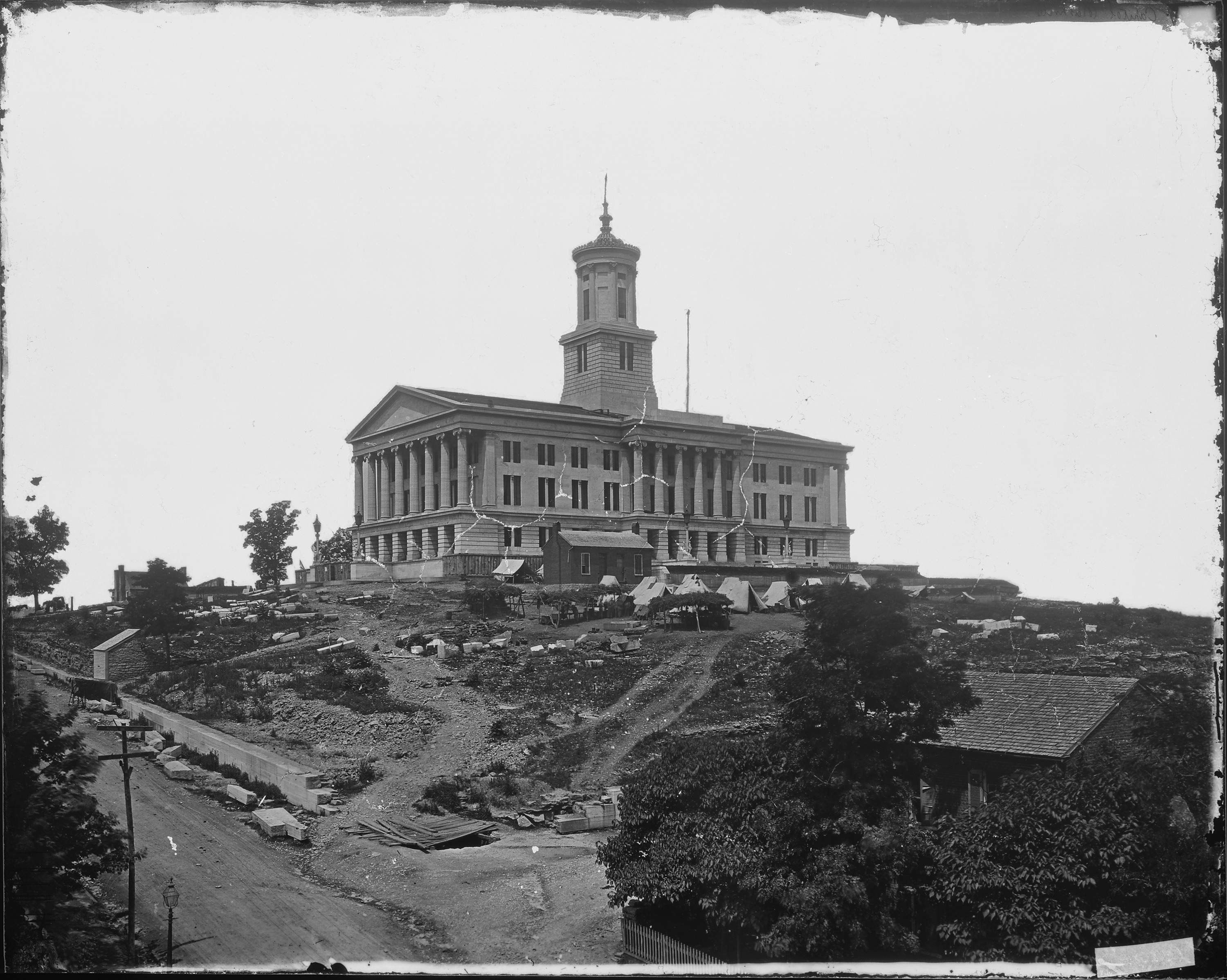I
29 November, 1864, 5:30 p.m.
Columbia Pike
North of Spring Hill, Tennessee
Darkness was drawing nearer by the minute and the windy late November afternoon was rapidly drawing to a close. What Lieutenant General Alexander P. Stewart could make out through his field glasses filled him with confidence. His corps had been marching at a decent pace all day. Coming from Columbia, his men had followed the Old Settlers Road north and had crossed three rivers, including the wider Rutherford Creek. While the steady sound of battle could be heard to the west, Stewart stoically followed Army Commander John Bell Hood's original orders until he reached the Mount Carmel Road. Even the pleas of a staff officer from Benjamin Cheatham's corps for support, ostensibly on Hood's behalf, had not rattled him, although his inner tension had risen. Against the backdrop of the bigger picture, the success or failure of Cheatham's attack was of little consequence. Only when his three divisions and the artillery had crossed the Columbia Pike did the wiry 43-year-old with the thick black hair allow himself to breathe a sigh of relief. Mounted videttes reported that blue-clad troops had formed a semicircle to the southwest of his position. It was done. Stewart's 11,000-men corps had passed Schofield's Army of the Ohio and blocked the route of march to their destination of Nashville. Stewart had breastworks erected at right angles to the Columbia Pike and only then allowed his men to light fires and prepare dinner. All division commanders were ordered to send out strong outpost chains and to notify immediately of any enemy movement along the road. The men were relaxed and in good spirits. Even without knowing the big picture, the importance of the fact that their entrenchments were facing south and not north was not lost on them. Exciting events were in the offing.


